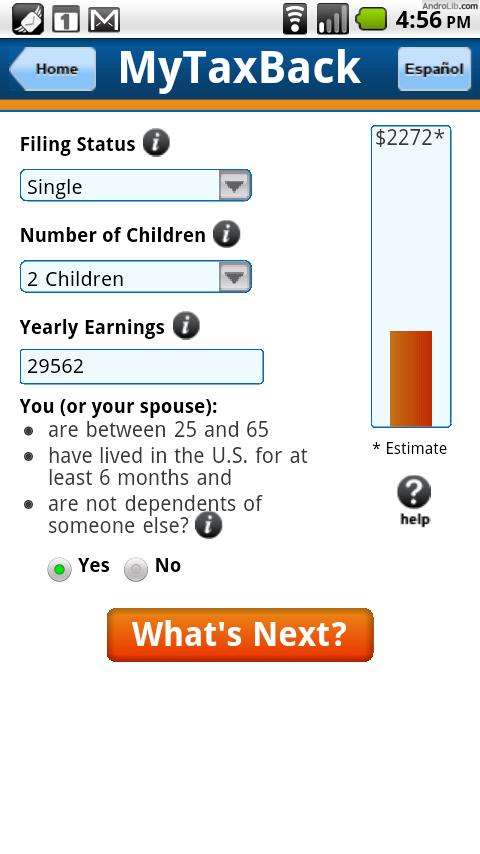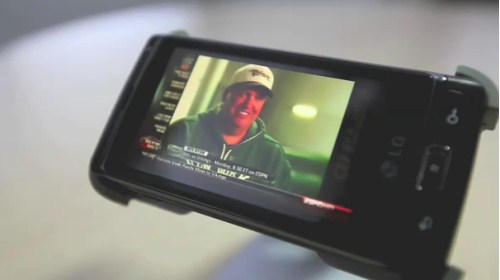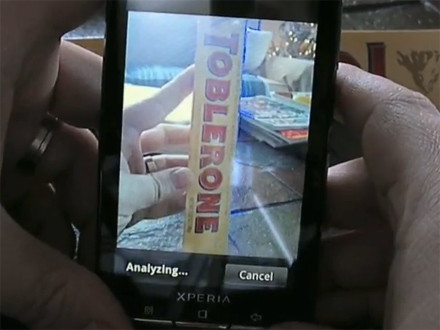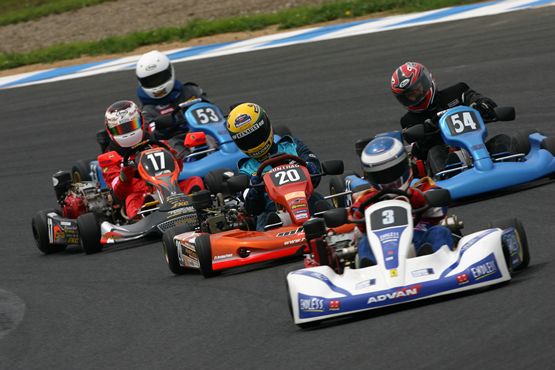 One Economy has provided free tax filing service for a number of years. The benefit ensure people entitled to the Earned Income Tax Credit to receive it. Many don’t file and therefore miss the benefit one of the most effective poverty fighting policies in the country. The average refund is $1500.
One Economy has provided free tax filing service for a number of years. The benefit ensure people entitled to the Earned Income Tax Credit to receive it. Many don’t file and therefore miss the benefit one of the most effective poverty fighting policies in the country. The average refund is $1500.
MyTaxBack was a devised as a way to alert people to how much money they could put back in their pocket by filing. The app was developed for SMS, desktop browsers, Facebook, iPhone and Android. We used JQuery, custom CSS, PHP and PhoneGap.
You can try it here.
As part of the MyTaxBack program I wrote a reusable SMS response tool for text messaging campaigns. We also created a database for tracking users of the various OE programs and media, anonymously, of course, to be able to reconnect at opportune times. For example, if someone files for a tax refund, we would send a text reminder, at about the time she would receive the money. The message would remind her check out options for setting up a bank acount or paying down credit card debt. The vision is to create sort of a CRM for coaching people to help themselves.









